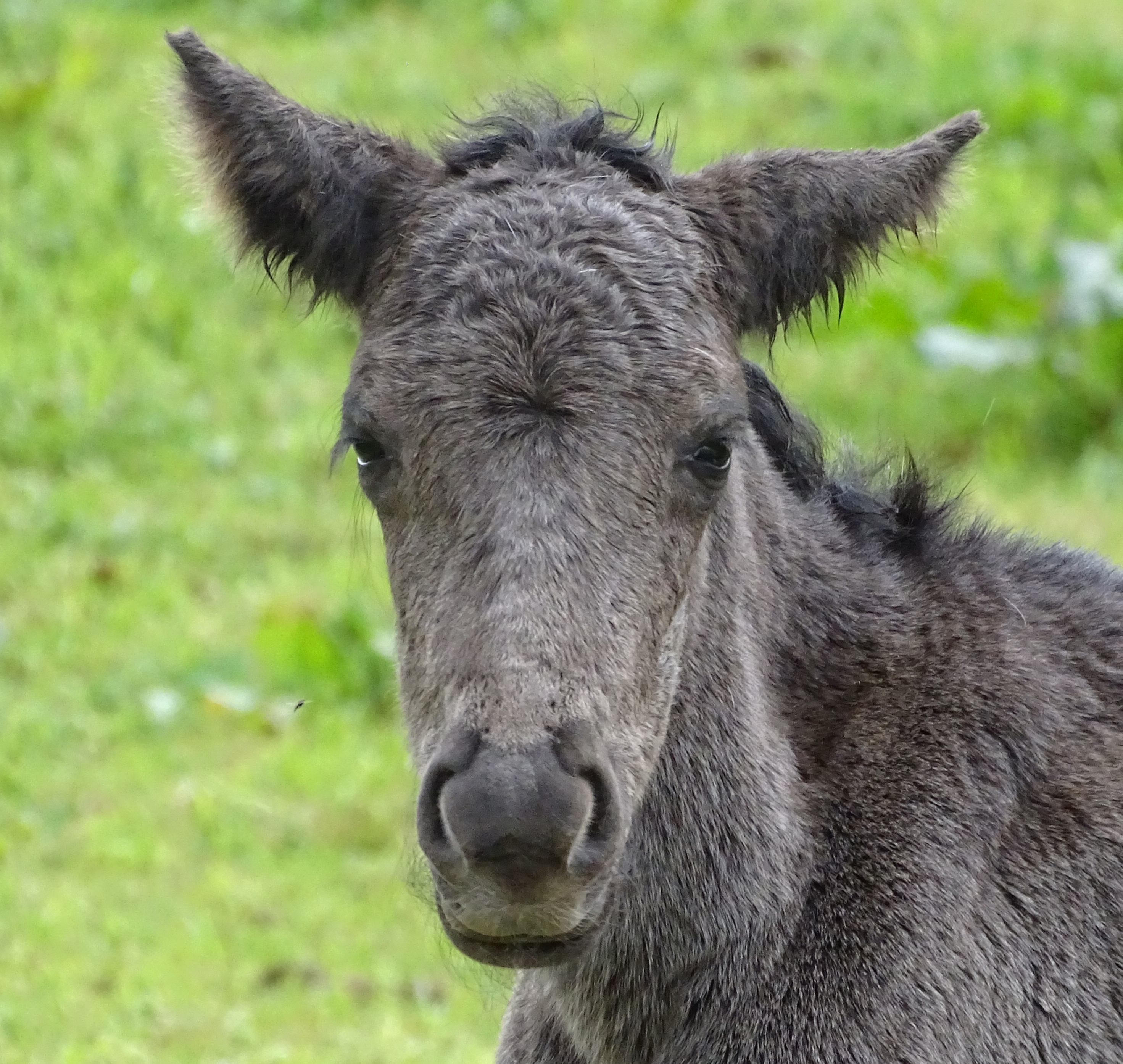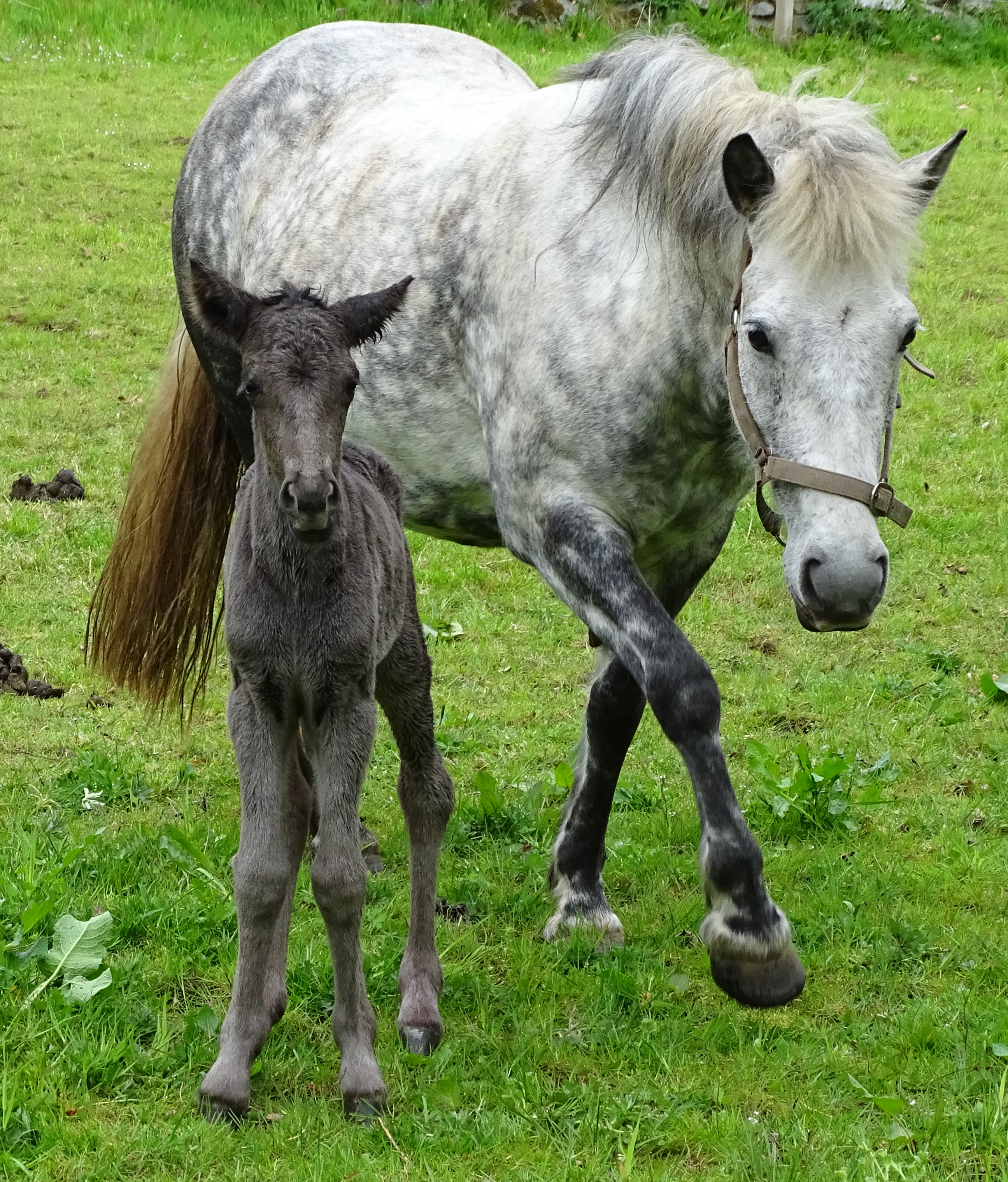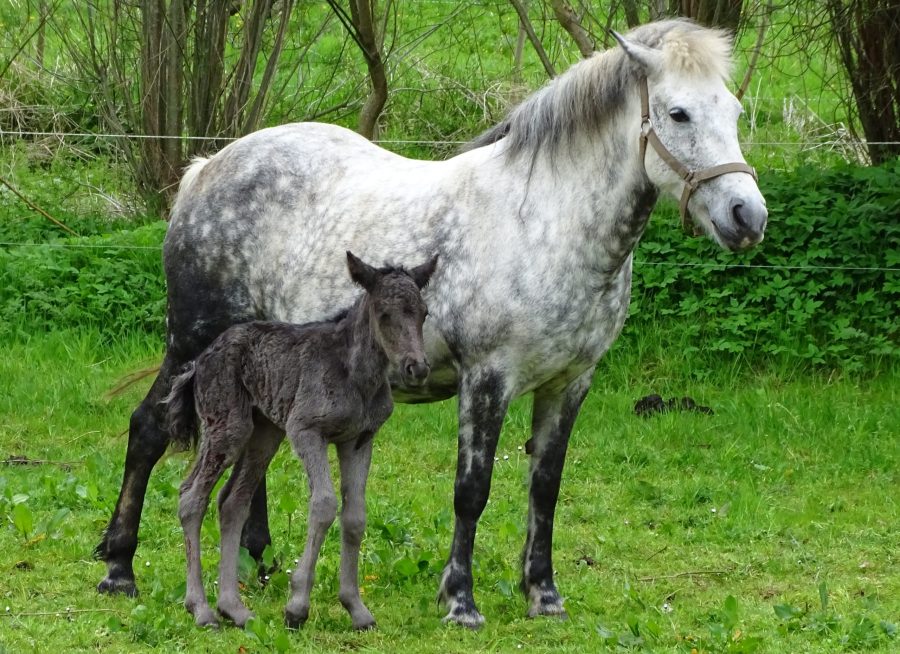Owners of Eriskay ponies are urged to take part in a new project to help protect and promote the critically endangered breed. Together with the Eriskay Pony Society, genetics experts at Nottingham Trent University (NTU) and the Rare Breeds Survival Trust (RBST) are carrying out the biggest ever survey of Eriskay pony DNA.
Funded by the Horserace Betting Levy Board and Eriskay Pony Society contributions, the study will involve a detailed DNA analysis of the breed. The results will be used in conjunction with the Rare Breed Survival Trust’s Equine Conservation project to help inform afuture breeding plans and decision-making for this native breed.
The analysis, being carried out by NTU’s Medical Technologies Innovation Facility (MTIF) and School of Animal, Rural and Environmental Sciences, involves Professor Philippe Wilson, Dr Samuel White and Dr Andy Dell.
 “This is a very welcome step forward in our efforts to protect and promote this versatile breed,” said Catriona Rowan, Chair of the Eriskay Pony Society. “With such a small gene pool we cannot just rely on the look of ponies and studbook information to make our breeding matches.
“This is a very welcome step forward in our efforts to protect and promote this versatile breed,” said Catriona Rowan, Chair of the Eriskay Pony Society. “With such a small gene pool we cannot just rely on the look of ponies and studbook information to make our breeding matches.
“With the help of RBST we have already adopted the SPARKS system of selection which goes some way to prevent inbreeding and help us avoid future problems. However we recognise that science and technology can give us much more accurate understanding of the genetics, flagging up any current or potential future issues and helping us make sure that every animal bred is as healthy and fit for purpose as possible.
“This study, which is open to any Eriskay Pony registered with a recognised Eriskay breed Society, either The Eriskay Pony Society or Comann Each Nan Eilean (CENE), will give us a great foundation to work with. It will be a baseline of information for use in our work with the RBST’s Equine Conservation Project which requires us to provide complex information about our genetic profiles.
“We know that the Eriskay Pony has a relatively narrow studbook compared to breeds such as the Cleveland bay. Narrow pedigrees mean that pedigree analysis alone cannot be relied upon with confidence to estimate inbreeding within the population. Genotyping and sequencing can provide the molecular picture of the genetic health of the breed.
“Our work with Nottingham Trent University will give us assessment of genetic variation and molecular basis of inbreeding within the Eriskay Pony breed which will then be collated in an Eriskay Pony Genetic Archive (EPGA).
“We acquired the HBLB grant to make this analysis possible following a rigorous bidding process, in which we had to submit a detailed and costed proposal and commit a percentage of our own funding. We’re delighted that we can share access to this project to all pony owners for the overall good of the breed.”
Do you own an Eriskay pony?
To get involved, Eriskay pony owners can apply to the Eriskay Pony Society by emailing info@eriskaypony.org for a testing kit and it will send to them free of charge. The simple process involved using a hair sample, which must be returned to the society by the end of July.
 “The more samples we have the better the overall picture we can build of the breed and the more useful the information will be,” said Ms Rowan. “And any Eriskay Pony can make a contribution, no matter the age or breeding status, so it’s a great way for all owners to support the future of the breed. We’ll also be happy to collaborate with other breed societies who may wish to participate in this project.
“The more samples we have the better the overall picture we can build of the breed and the more useful the information will be,” said Ms Rowan. “And any Eriskay Pony can make a contribution, no matter the age or breeding status, so it’s a great way for all owners to support the future of the breed. We’ll also be happy to collaborate with other breed societies who may wish to participate in this project.
“At every point of the way we’ve taken advice from the RBST, and once we gained the HBLB funding we consulted widely, took expert advice and looked a several options before deciding that the service provided by NTU was the best fit for our purposes.
“We’re confident that this move, together with our wider work in conjunction with other rare equine breed societies in the RBST Equine Conservation Project will move our studbook to a new level of accuracy and lay a good base for further work.”
Nottingham Trent University scientist Professor Philippe Wilson, added that it was a “great pleasure” to be working with colleagues to deliver this project for the Eriskay breed.
“We will be employing state of the art genotyping technologies in order to support a detailed understanding of the genetic status of the Eriskay and will work closely with the breed society to really deliver impact directly to the breeders,” he said. “As a direct extension of the work we have undertaken on the Cleveland bay, we hope to see our population management system and molecular genetics approaches used more widely in native breeds going forward.”
To find out more about the Eriskay Pony Society DNA project click here.
Images: Newborn Eriskay filly foal Bydand Correen, out of Altens Alice, originally from Doonies Rare Breed Farm, and Whitney Harrier. Bred in Aberdeenshire by Steve and Ruth McMinn.









